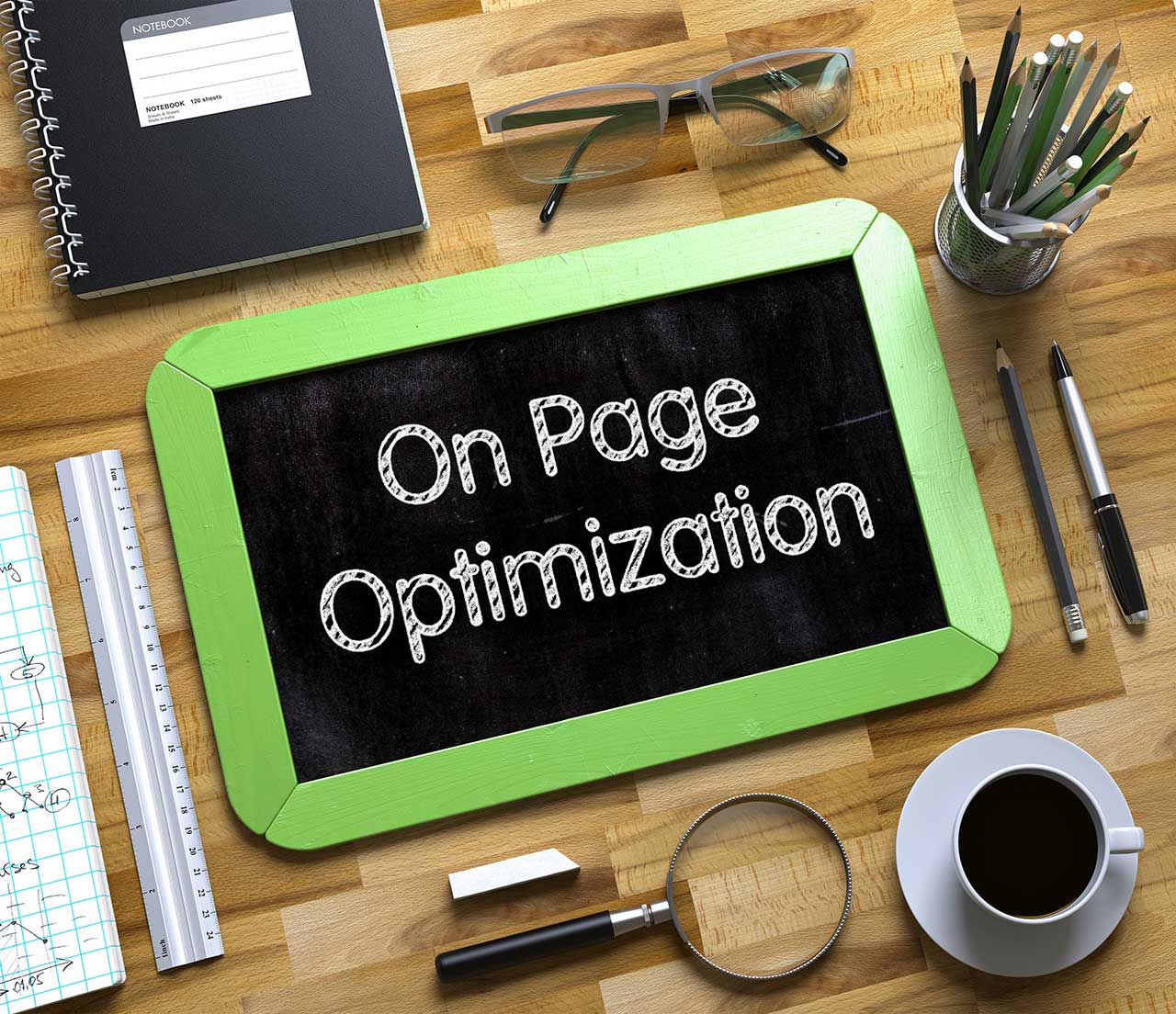In the ever-evolving world of SEO, on-page optimisation remains a cornerstone for driving organic traffic to your website. Excelling in this area ensures that your content not only appeals to search engines but also resonates with your audience. With search algorithms becoming increasingly sophisticated, it’s crucial to stay ahead of the curve in on-page SEO strategies.
Understanding On-Page SEO
On-page SEO involves optimising individual web pages to rank higher in search engines. It’s about ensuring that both the content and the HTML source code of a page are refined for both search engines and users. Effective on-page SEO helps search engines understand your content and gauge its relevance to user queries.
Key Strategies for On-Page Optimisation
Optimise Your Titles and Headings
Your page titles and headings are crucial. They should be descriptive, include target keywords, and capture the essence of your content. A well-crafted title can significantly boost your page’s visibility.
Enhance Meta Descriptions
Though meta descriptions don’t directly influence rankings, they impact click-through rates. A compelling meta description, ideally within 160 characters, should summarise your content and include relevant keywords.
Focus on Content Quality
High-quality, relevant content is pivotal. It should provide value, answer user queries, and be engaging. Regularly updating your content keeps it fresh and more appealing to both users and search engines.
Utilise Internal Linking
Internal linking helps distribute page authority throughout your site. It aids in website navigation, defines the architecture and hierarchy of your site, and helps distribute page authority and ranking power among pages.
Optimise Images
Ensure that all images on your website are optimised. This includes using descriptive file names, alt tags, and compressing images for faster loading times.
Improve Page Load Speed
Page load speed is a critical factor. A faster website provides a better user experience and is favoured by search engines. Regularly test and improve your site’s loading times.
Mobile Responsiveness
With the increasing prevalence of mobile browsing, having a mobile-friendly website is essential. A responsive design ensures your site is accessible and user-friendly across all devices.
Use Structured Data
Structured data helps search engines understand your content better. Implementing schema markup can enhance the way your page appears in SERPs, potentially increasing click-through rates.
Focus on URL Structure
URLs should be simple, readable, and keyword-rich. A well-structured URL provides both users and search engines with an easy understanding of what the page is about.
Advanced Tactics
Incorporating advanced tactics can further refine your on-page SEO. For instance, focusing on user experience (UX) elements, like easy navigation and engaging design, can reduce bounce rates and improve rankings. Additionally, incorporating LSI (Latent Semantic Indexing) keywords can help search engines grasp your content’s context more effectively.
Challenges and Solutions
One common challenge is balancing keyword optimisation with readability. Overusing keywords can lead to penalties for keyword stuffing. The solution lies in integrating keywords naturally into your content, focusing on creating valuable, user-friendly text.
Another challenge is maintaining content freshness. Regular updates and adding new content keep your site relevant. Remember, content is king.
In summary
On-page SEO is a dynamic field that requires continuous effort and adaptation. Implementing these strategies will not only boost your rankings but also enhance user experience, ultimately leading to increased traffic and engagement.
Stay updated. Always adapt. Keep optimising.
SEO evolves. So should you.
